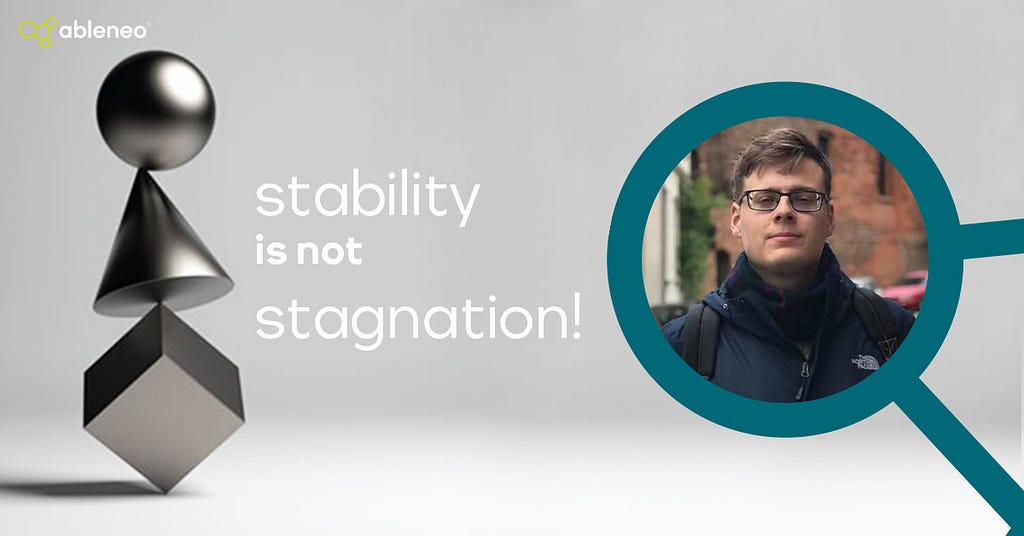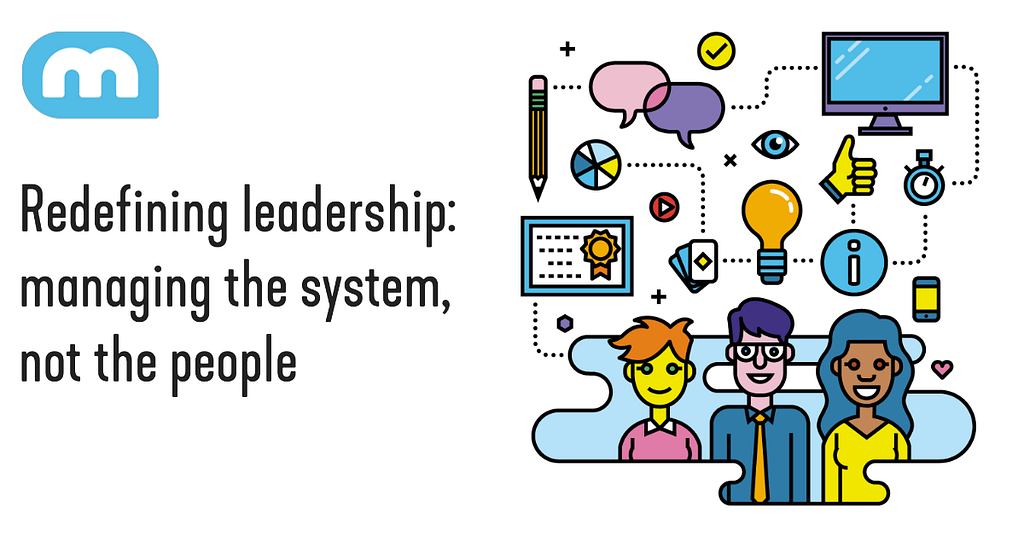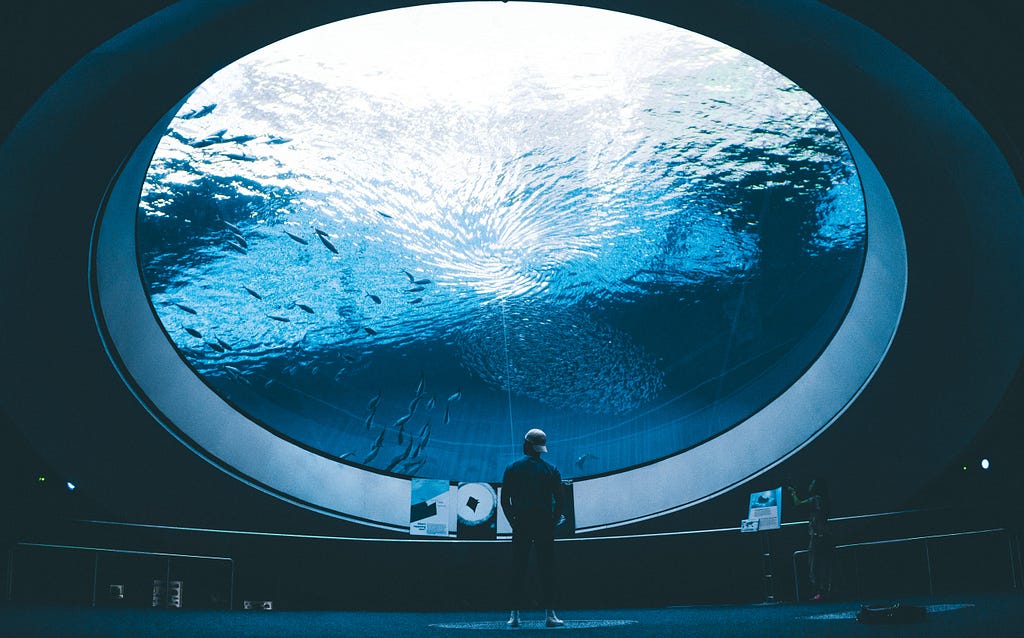Strategic planning and organisation structure in an ever-changing reality — part #2
Strategic planning and organisational structure in an ever-changing reality — part #2

In the first part of the series, I went through the ‘middle man’ position in modern companies, the importance of being a Field Expert, Servant Leadership and finally underlining how companies need Visionaries not Managers.
Management 3.0

Much of what I said in part #1 about organisation’s structure is inspired by the Management 3.0 mindset. You can see how they describe their approach to organisation management, in their own words (source: https://management30.com/blog/how-to-become-a-learning-organization-with-celebration-grids/ )
‘In a Management 3.0 scenario, we see the organization differently. We see a living organism; complex, with smaller systems inside, which learn to connect (Jurgen Appelo, the author of Management 3.0, illustrates this through his monster Martie). As an organization that uses Management 3.0 techniques, we don’t see people as gears, oils or any part of a machine, whose only purpose is performance. We see people as part of a larger structure that need to learn and then perform better, as a consequence of the learning.’
It shouldn’t come as a surprise that methodologies are rarely final and evolve. The same happens with Management 3.0. As an international movement, mindset, specific approach to organisation and management, it also doesn’t assume its own omnipotence. The number 3.0 (as in semantic versioning, you could say), suggests that the openness to change is indeed built-in in the skeleton of the Management 3.0 movement.
The reason why I am bringing it up here is that the strength of this mindset is that it recognises human changeability and heterogeneity as the immanent characteristic of the organisation itself.

Isn’t it awful? We are used to those stock photos with crowds of people, where everybody is happy in the office. Let’s look in the mirror, okay, I’m gonna make a bet, we probably look much more like monster Martie on a daily basis.

By embracing the ‘ever-changing’ principle, organisations using Management 3.0, do not have to deal with an unchangeable corporate construct made by a limited mindset of an authoritarian individual (or individuals) but can instead work with an agile coexisting human-like structure.
That was all candy, but let’s get to the problems of using Agile and Management 3.0 in organisations! Well… it’s still people, and especially those destructive, nihilistic forces that lurk within them.

As a matter of fact, though, truly nihilistic individuals are usually discarded during the recruitment phase, or become ‘encapsulated’ in a bubble, without having much impact on the organisation itself.

There is a certain model of passive exclusion of antisocial individuals, that do not possess the ability to coexist/participate in the life of the organisation’s organism. On the other hand, each of us, has a certain nihilistic element, and no human energy is ever wasted, or undesired. It’s how we use it and control it that decides what comes out of it.
Emotional Intelligence
A conclusion that could be made out of this is the following — the productivity of an organisation depends on the emotional intelligence of its employees.
If somebody is deceiving themselves that they can thrive without emotional intelligence, then… probably they are a genius like Linus Torvalds, or they will quickly find themselves encapsulated in a mentioned ‘bubble’.
Then there is this other option — a company that practices management anarchism.

Actually you may be surprised how many groups, organisations or small companies operate in such an anarchist model and how great they are doing, but… it’s hard to imagine a large company that works with a high level of responsibility to operate in the following manner for long, if not at the expense of the mental health of their employees.
Agile Madness?
I have gone through the evolutionary/agile approach. We should not forget however, that in all that ‘agile madness’, there are many products and areas where one of the KPI is stability, and many assume that automatically means ‘stagnation’.
Spoiler alert — ‘stability’ is not ‘stagnation’
It’s quite utopian to picture a world where once a flight control system has been built, it could be used until the end of humanity.
The practice shows, that even systems of high reluctance to change, in the end, need it. That might sound like a truism, but each sector — aviation, financial, energy — in the end, goes through evolution and we can see with our own eyes, how closed systems and procedures that do not demand creativity from people who operate them, lead to absurd mistakes or a ‘galloping stagnation’ of products and management teams. As a result, they have to be changed as a whole, because they become an ineffective bottleneck.
We could say, that ‘stagnation’ begins where we deal with ‘non-living systems’. In a trivial (maybe too trivial) example: after being baked, there is nothing more to do with the bread. The question is, however — how many companies produce things, services that will never be changed? If not changed, then maybe replaced?

Who doesn’t like traditional bread? Isn’t it popular for bakeries to say: “we make the same bread for over 300 years”? I still wonder in how many cases it’s just a slogan.
Hopes for the Future
We live in a world that negates stagnation, which continuously seeks bigger optimisation and automatisation. Perhaps ‘planning’ had more sense before 1967 (before this article came out: https://hbr.org/1984/07/good-managers-dont-make-policy-decisions), when a systems lifespan was longer than it is now — thanks to the sheer number and tempo of innovations.
Today’s practice indicates that change and evolution are inevitable and that there is no escape from it. However deeply we wished that it wasn’t true; that the evolution could stop, or at least that we could escape from it without the need of constant adaptation. Or even however strongly the companies that see their employees as little gears and oil, would wish that such a ‘machine’ will thrive forever, in the name of the infamous slogan ‘keep them poor’.
Stagnation and lack of responsibility for your own actions lead to — a big word — enslavement. Evolution is not only productive, it is deeply connected with giving people space to make their own decisions according to their free will, to make natural human mistakes and to be morally responsible for their own deeds.
Fortunately, science, technology, and finances are powered by this fuel. It gives hope for the triumph of human autonomy over ignorance and imprisonment of minds — “Here, sit down, stamp these papers, the others will pick them up from you”.

Strategic planning and organisation structure in an ever-changing reality — part #2 was originally published in ableneo Process on Medium, where people are continuing the conversation by highlighting and responding to this story.
